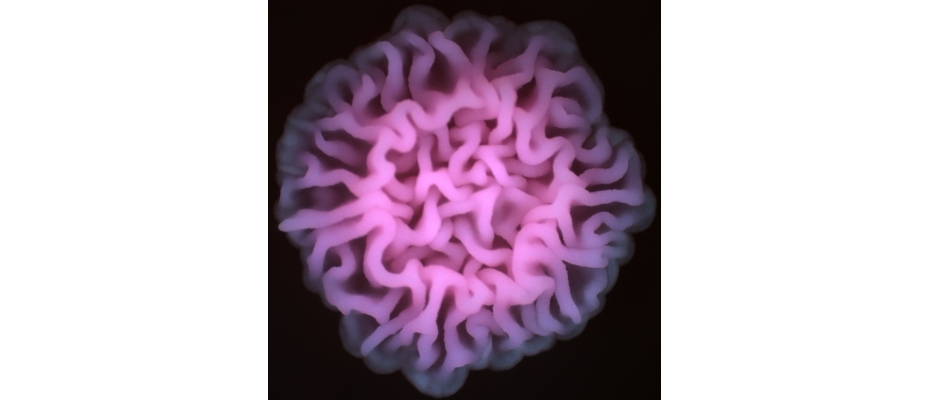
- Researchers found out that the pathogenic fungus Candida albicans uses a different genetic code from all other organisms and were able to understand how this fungus changed its genetic code.
- With this new knowledge, the team was able to artificially modify for the first time the genetic code of an organism.
The genetic code defines the chemical rules that living beings use when translating information from their genes into proteins. This code is highly conserved in all living beings and implemented in protein biosynthesis. Any change in these chemical rules introduces general chaos in proteins and cell death, making the manipulation of the genetic code an impossible task.
The fungi with altered genetic code produced by this study are fascinating from a biological and evolutionary standpoint; they have impressive morphological alterations and a great ability to adapt to new ecological niches. They are also tolerant to antimycotics, showing that small changes in fidelity of biosynthesis of proteins play an important role in the development of microbial drug resistance.
The genome and transcriptome of the engineered Candida albicans strains was performed at the CNAG. Other partner institutions are the European Bioinformatics Institute (EBI) and the Universities of Florence and Perugia. This research is framed in the FP7 funded project Sybaris for which the CNAG has sequenced a total of 262 yeast strains including different fungi genus such as Aspergillus, Cladosporium, Penicillium, Saccharomyces, Rhodotorula and Candida.
The photo belongs to the University of Aveiro and shows an aspect of Candida albicans with the changed genetic code, they have a very variable morphology.
Work of reference:











